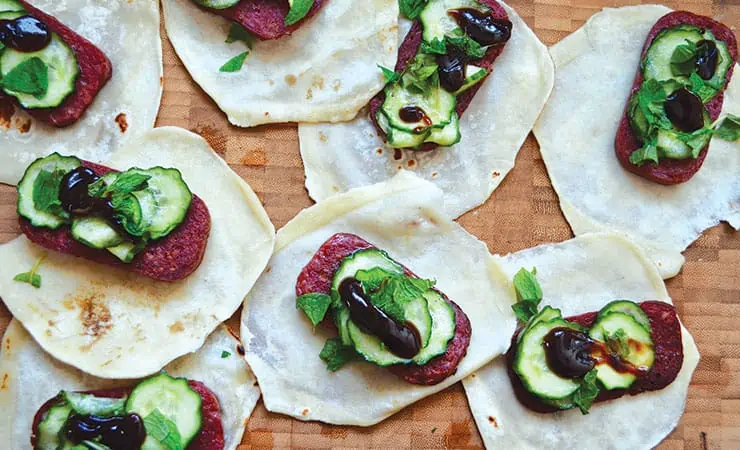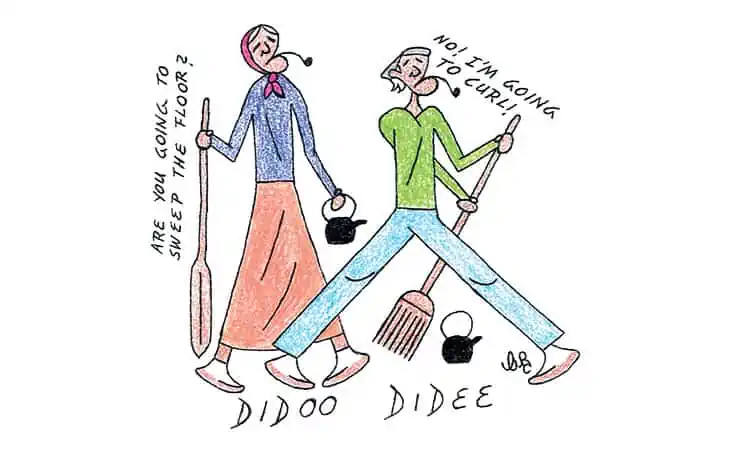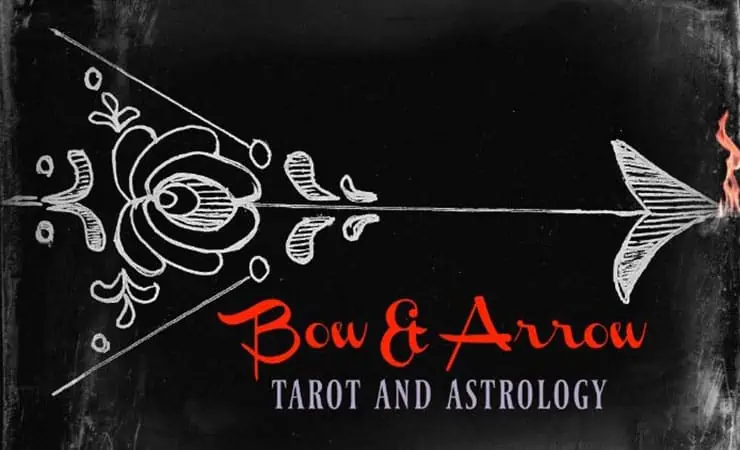It’s another junk food season, especially for those suffering from cabin fever. This premise set your inquisitive reporter off on a research voyage to create a thumbnail sketch of how junk food became such a prominent foundation of our modern culture in the opening decades of the 21st century.
 PRETZELS
PRETZELS
It all began in Italy in 620 C.E., when baker/monks created pretriolas (little rewards) to give to their students during Lent. The treats were shaped to resemble the arms of a young child praying.
In 1510, Ottoman Turks attempted to invade Vienna, Austria, by digging tunnels underneath the city’s walls. Monks baking pretzels in the basement of a monastery heard the enemy’s progress, alerted the rest of the city, then helped defeat the Turkish attack. As a reward, the Austrian emperor gave the pretzel bakers their own coat of arms.
In Bavaria, Germany, in the Middle Ages, it was common for children to hang bretzels around their necks on New Year’s Day as a good luck charm:
NACHOS & SALSA
Even more venerable than pretzels in the historical world of snack food are any maize-based (corn) foods. These go back to the days of hunter-gatherers in ancient Mesoamerica, where the Earth’s earliest known corn remains have been excavated in Coxcatlán Cave in southeastern Puebla, Mexico.
The ancient Maya considered corn sacred “food of the gods,” much like chocolate from cocoa beans.
Masa is the moist, cream-colored paste resulting from grinding nixtamal or corn meal. It is the foundation of all maize foods, including nachos which were invented by Ignacio “Nacho” Anaya García, who was either a waiter, a maître d’, or a chef (depending on the research narrator) at a restaurant in Piedras Negras, Mexico, in the 1940s.
The history of salsa originated with the Inca people. Salsa (combination of chilies, tomatoes and other spices) can be traced to the Aztecs, Mayans and Incas. The Spaniards first encountered tomatoes after their theft of Mexico from 1519 to 1521. This marked the beginning of the written history of salsa.
Salsa is the Spanish word for “sauce.” This translation was eventually made by Alonso de Molina, a Catholic missionary, in 1571.
The preferred salsa-shoveling vehicle was corn tortilla chips. According to Mayan legend, peasants used dried ground native corn kernels to feed their hungry kings, as reported in the Austin Chronicle.
POTATO CHIPS
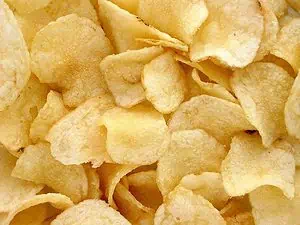
Robber baron and railroad tycoon Cornelius Vanderbilt was unhappy with the large, soggy french fries served to him for his dinner, so he sent them back to the kitchen with instructions to make them smaller and to dry out the moisture. This angered Crum, who cut a potato into the thinnest slices he could then covered them with salt. He dropped them in the deep fryer to soak and sent them back out to his unhappy diner. Vanderbilt loved them and the rest is history, according to this popular potato chip myth. Unfortunately, it wasn’t accurate. Further research uncovered more.
“The earliest known recipe for something similar to today’s potato chips is in William Kitchiner’s book The Cook’s Oracle, published in 1817 in England.” Two other British books published recipes before Crum served Vanderbilt, so it’s safe to report potato chips were a UK invention, not American.
Nonetheless, Crum’s chips became popular, made him rich and subsequently became known as “Saratoga chips” and “potato crunches,” but were added to the menu as “potato crisps.”
CRACKER JACK
Flour, corn and potato products possibly don’t qualify as hardcore junk foods, but our concluding snack certainly does and is generally considered by food scholars to be the first properly identified as junk or garbage food.
With Sailor Jack and his dog Bingo as their flag-bearers, the Rueckheim Brothers produced a new gooey recipe of popcorn, peanuts, sugar and molasses. They first presented it to the public at the World’s Columbian Exposition, Chicago’s first World’s Fair, in 1893.
“The more you eat, the more you want” was their catchy advertising slogan, but their sales languished until 1907 and the release of “Take Me Out to the Ball Game.” Written by lyricist Jack Norworth and composer Albert Von Tilzer, the song gave Cracker Jack free publicity with the line “buy me some peanuts and Cracker Jack!”
In 2004, the New York Yankees home game concession stand replaced Cracker Jack with the milder, sweet-butter toffee-flavored Crunch ‘n Munch. After heated public outcries from their upset fans, the club switched back to Cracker Jack.
There was something about singing “Buy me some peanuts and Crunch ‘n Munch” during the 7th inning stretch that didn’t cut it with the pin-striped faithful fanatics of the Bronx Bombers.
Good news, bad news
In conclusion, all of the above (with the possible exception of the latter, which your preteen reporter only purchased for the “free prize in every package”) tastes wonderful and keeps your hands busy while enjoying spring sports. The bad news, of course, is that junk food will kill you if you eat too much of it.
Life’s a gamble, then you die.
Doug Sack describes himself as a “pretzel man trapped on a potato chip planet.”

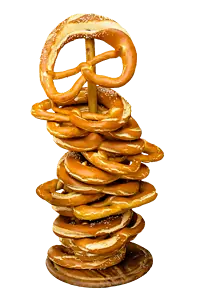 PRETZELS
PRETZELS
